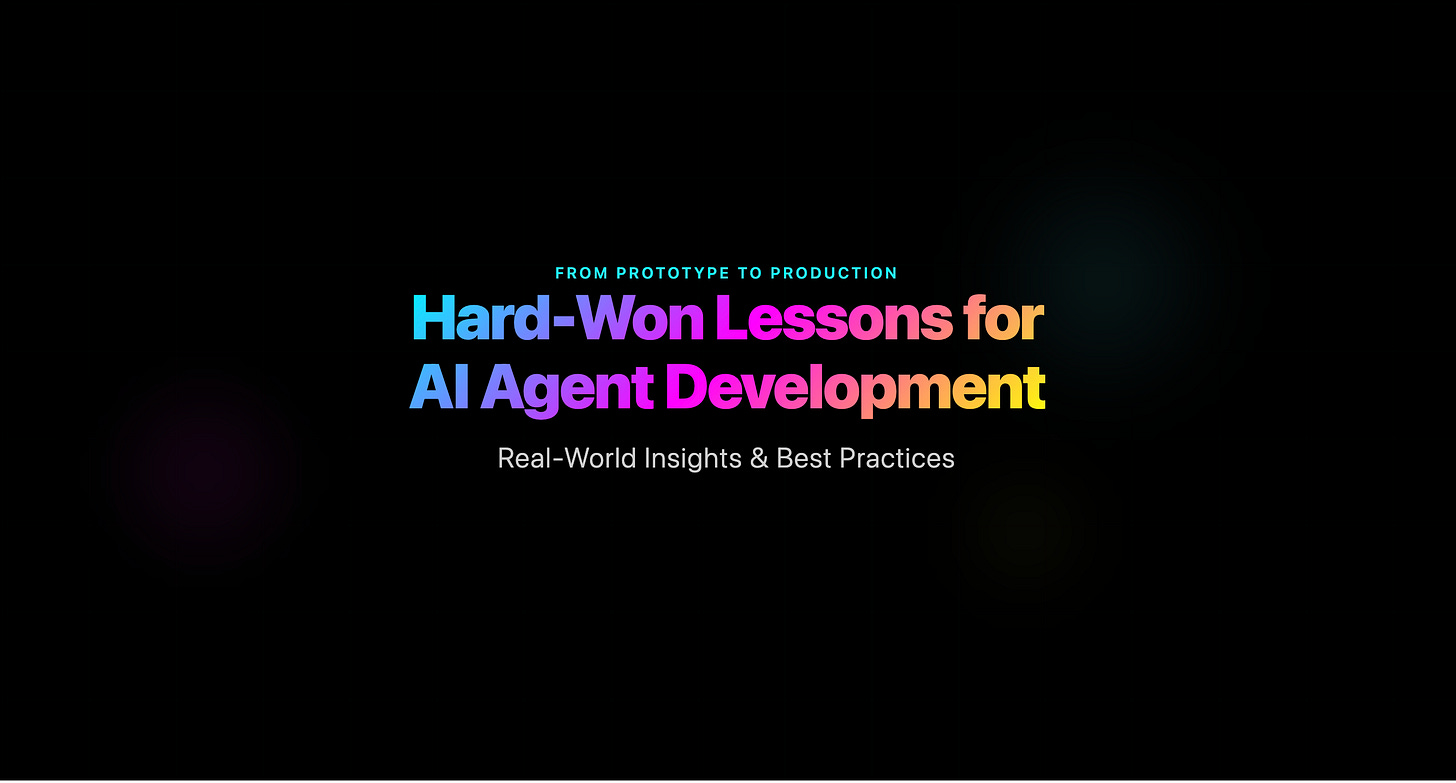What Production Deployments Taught Me About ReAct vs Function Calling
From Prototype to Production: Hard-Won Lessons for AI Agent Development
Building an AI agent that works in a demo is easy. Building one that works reliably in production? That's where things get interesting.
After deploying few AI agents to production I've learned that the gap between "it works on my machine" and "it works for real users" is enormous.
The core challenge isn't just making AI agents that can reason and act. It's making them fast, reliable, cost-effective, and debuggable when they inevitably break. It's handling edge cases, managing token costs, implementing proper logging, and building fallback systems that gracefully handle failures.
This guide isn't another theoretical overview of ReAct and Function Calling. It's a practical deep-dive into the production realities of building AI agents that scale. We'll cover the fundamental patterns, but more importantly, we'll dive into the hard-won lessons that only surface when real users start hammering your systems with unexpected queries, network timeouts, and edge cases you never considered.
By the end, you'll understand not just how to build AI agents, but how to build ones that survive contact with production. Because in the real world, the difference between a working agent and a reliable agent is everything.



